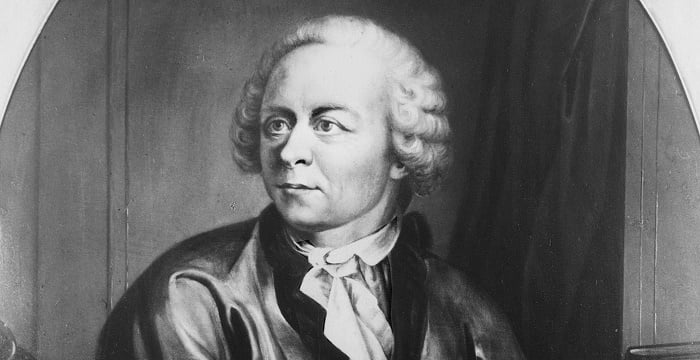


These events can be interpreted as transient acoustic resonance phenomena in the subglottal tract that are triggered by glottal closure. In vivo measurements of subglottal pressures during phonation invalidated these assumptions, however, and showed that at low fundamental frequencies subglottal pressure rather tends to reach a maximum value at the beginning of glottal closure and then exhibits damped oscillations. At the time of the formulation of MEAD by van den Berg in late 1950s, it was assumed that vocal fold oscillations are self-sustained thanks to increased subglottal pressure pushing the glottis to open and decreased subglottal pressure allowing the glottis to close. Miller, we review some historical and recent contributions to understanding the myoelastic-aerodynamic (MEAD) theory of phonation and the related acoustic phenomena in subglottal and vocal tract. The obtained results of this work are also compared with those of other related published works. A comparative performance analysis of the proposed system is presented with these two signals in terms of clinical and statistical measures. However, categorizing pathological voices into different pathology types demonstrates higher accuracy (more than 12%) with EGG signals than speech signals. The results show that the proposed system achieves a higher accuracy (more than 9%) in identifying pathological voices from healthy ones with speech signals than EGG signals. The Saarbrücken Voice Database (SVD) is used in this investigation. Hence, their contributions for pathology identification and segregation differ, as demonstrated in this work. On the other hand, the speech signals add spectral color to the EGG signals. EGG signals can assess the vibratory pattern of the vocal folds during voiced sound. This work investigates the effectiveness of electroglottographic (EGG) and speech signals to detect and classify pathological voices using sustained vowel ('/a/') samples. The other one works as a multiclass classifier for categorizing the voice pathologies. Two CNNs are used for these purposes one works as a binary classifier to identify pathological voices. First, it discriminates pathological voices from healthy ones, and then, it classifies the discriminated pathological voices into one of the three pathologies. The proposed system functions in two steps. This paper presents a convolutional neural network (CNN) based automated noninvasive voice pathology detection system.


 0 kommentar(er)
0 kommentar(er)
